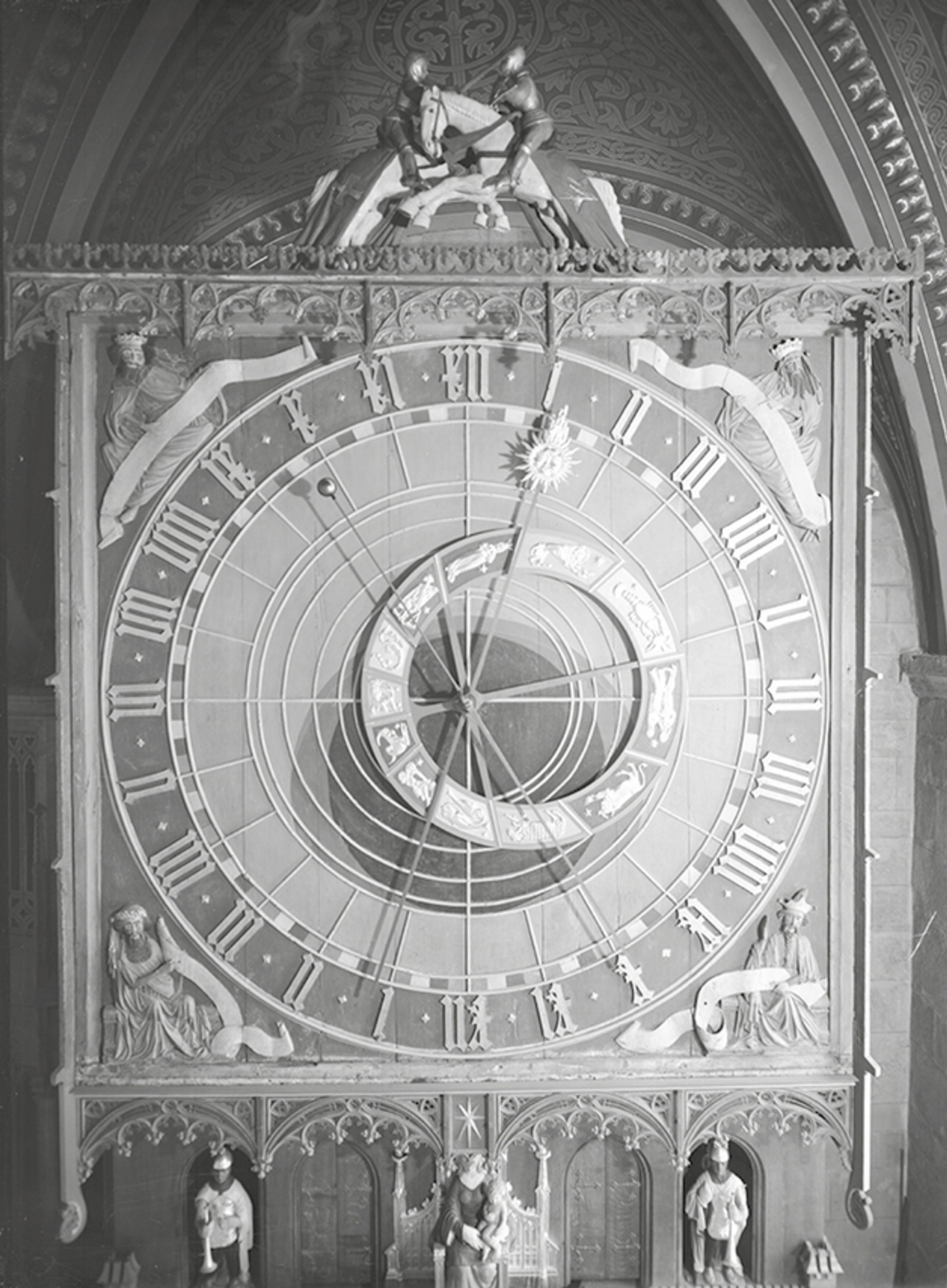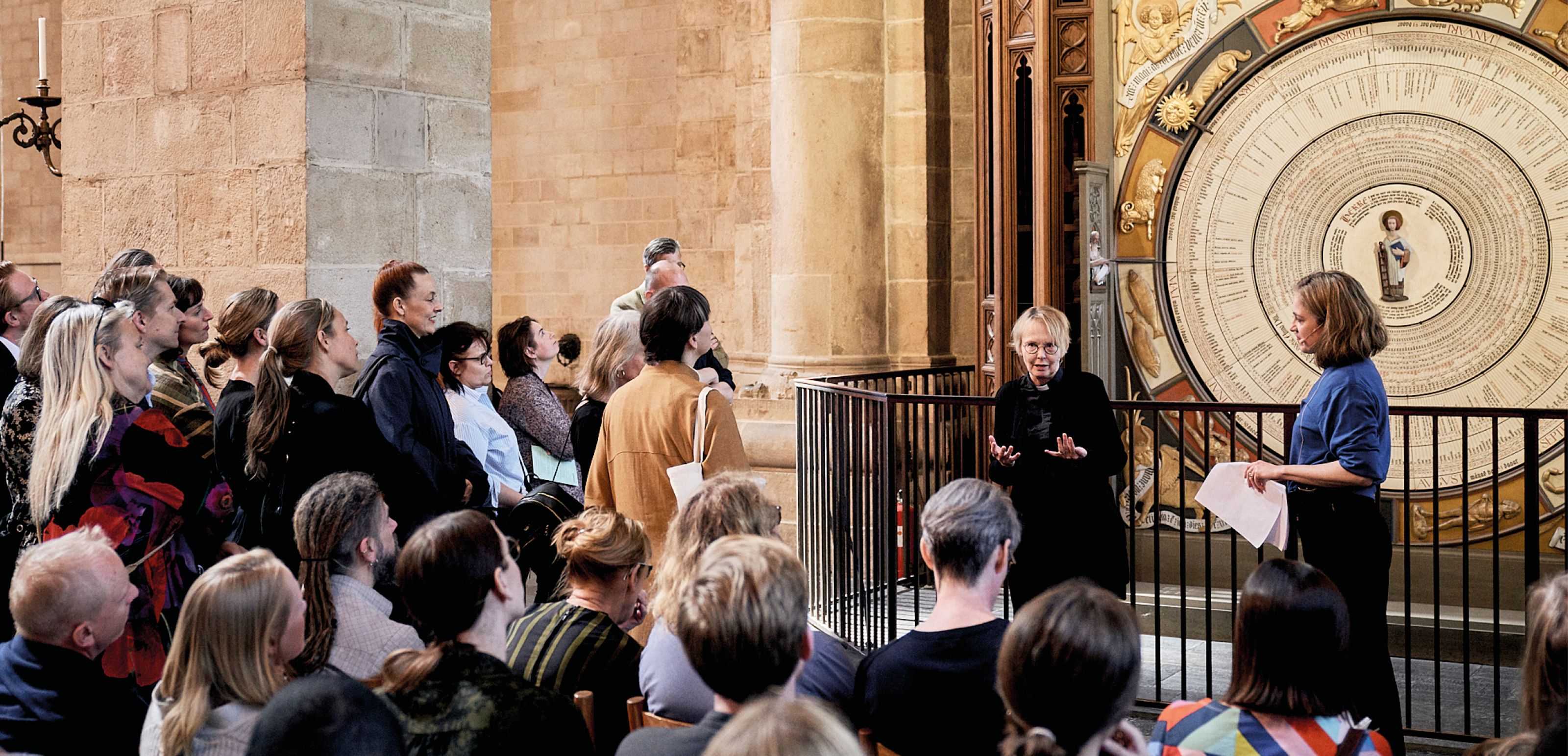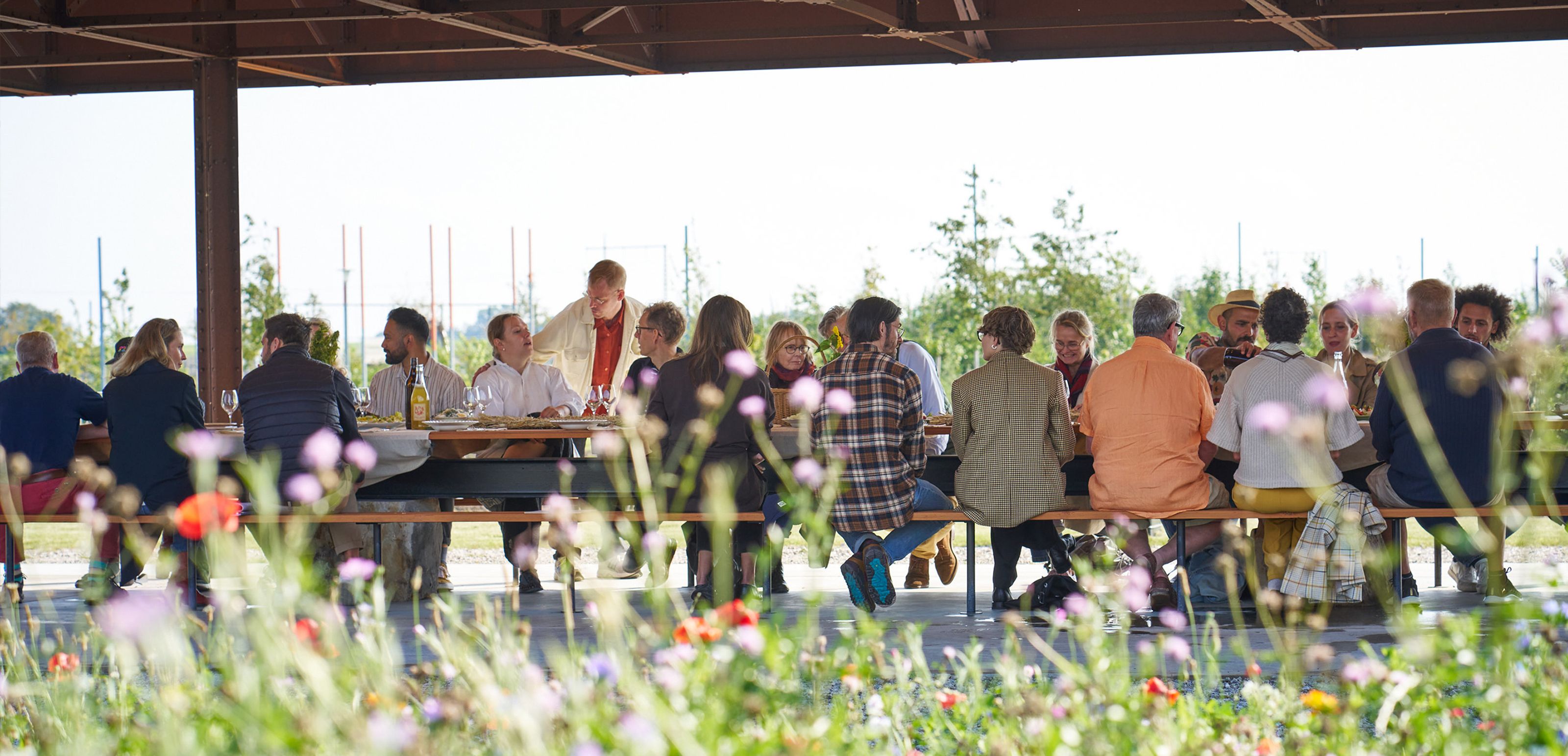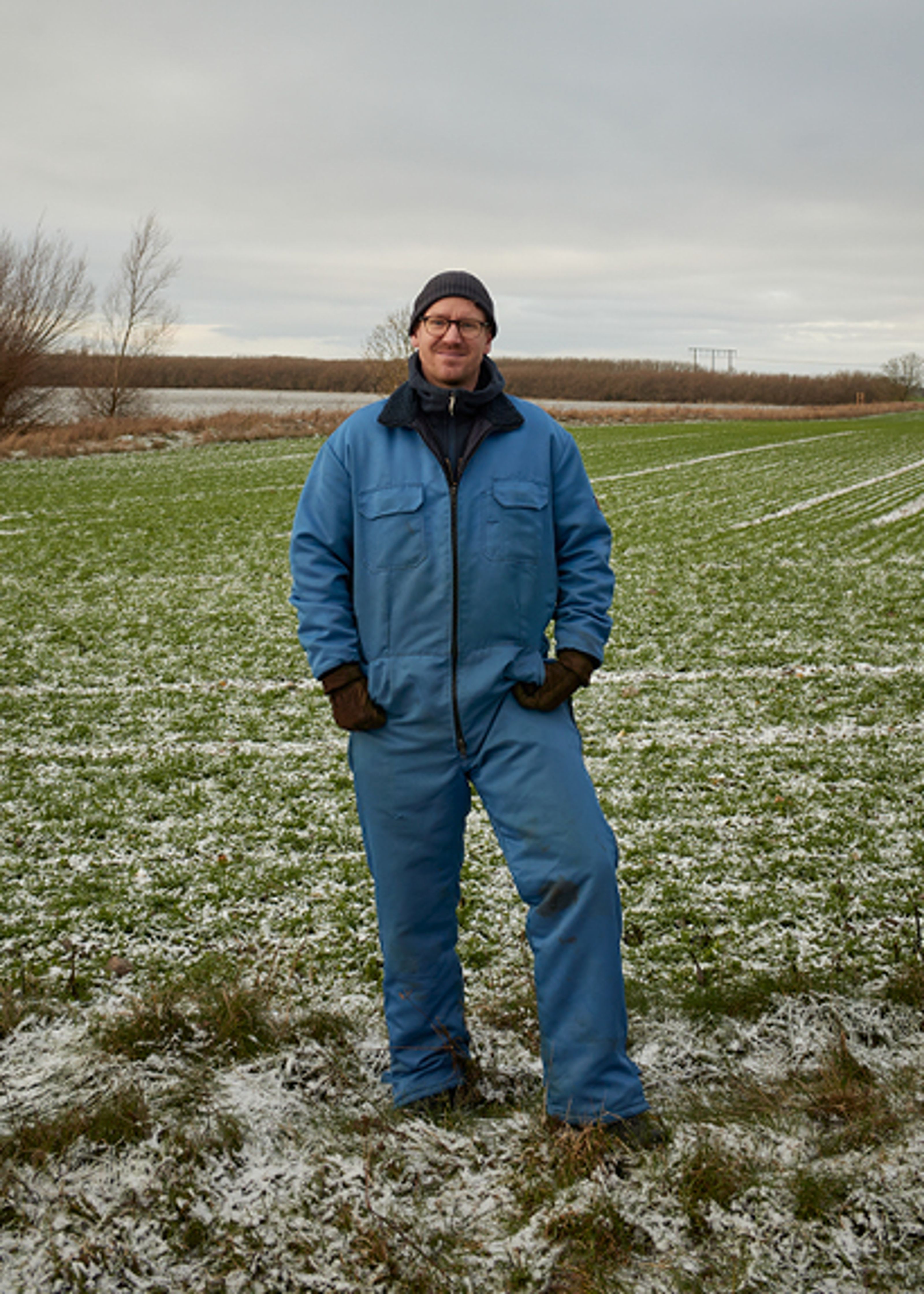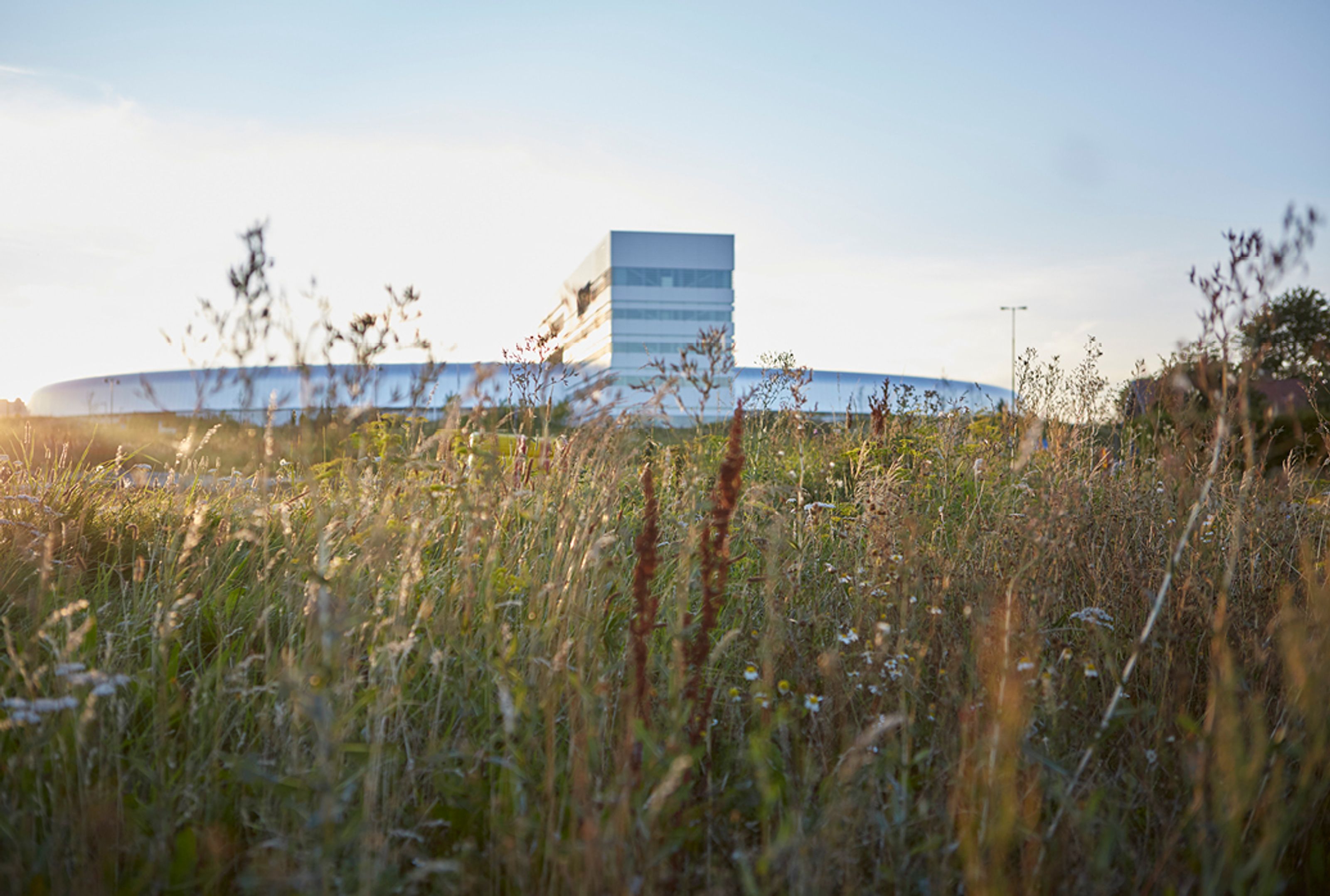Principles
Our four key themes, ‘time, money, land, and God’, position the Råängen programme within a broad, philosophical, as well as practical framework. They allow us the freedom to experiment with big ideas and small-scale interventions. They are fundamental aspects of all urban development, driving discussions and decisions about investment, value, ownership, timeframes, quality, commitment, and endeavour. The addition of ‘God’ for the Råängen programme, situates the project within a theological context which extends the parameters of the project to a place where spirituality and care for the planet plays an important part.

Time
The city of Lund, its character, physical reality and university, has developed around the internationally renowned Lund Cathedral, an imposing sandstone structure built over the last thousand years. We have devised a two-thousand-year curatorial framework for Råängen which starts with the consecration of the Cathedral’s original alter in 1123, moves through nine-hundred years to the present day, and on into an unknown future, a thousand years hence. This framework allows us to consider the narrative of the city of Lund, and the position of the Cathedral in the city, as an integral part of the development of Råängen, building on the myths, craftsmanship and legacy of the past. We are part-way through this journey, looking backwards as well as forwards, honouring what has gone before us while committing ourselves to a viable future.
The theme of ‘time’ also allows us to consider the concept of earthly and heavenly time; the characteristics of long-term projects; and generational approaches to community building. We are interested in positioning Råängen within the history of mankind, and to consider pre-modern concepts of time as place.
According to legend, the giant Finn built Lund Cathedral. As his reward, he was promised the priest Lars’ eyes, unless Lars could name the giant before the construction was completed. Eventually, Lars discovered the giant’s name, and when Finn realized this, he decided to tear the whole building down. However, he was stopped in his tracks by sunlight streaming through one of the crypt’s eastern windows. In frustration, he uttered what he believed was a curse but which we know to be a blessing: “This church shall never, ever be finished.” This is also how we think when it comes to Råängen. The goal is not to reach an end but to celabrate that Råängen is a place in constant transformation. Råängen has a timeline that, rooted in history, extends far into the future. We strive for a slow and deliberate process, where each project and conversation influences what comes next. Experiences, time, and the voices and resources of many people will shape the new neighbourhood.

Money
Often considered an unsavoury subject for discussion, money is at the core of all urban development programmes. Where does it come from, how much is available, who is in control of it, and how is it distributed? Development projects are constantly assessed according to value – value for money, long-term value, and the intrinsic value they contribute to people and places.
Unlike many urban development projects which are funded through partnerships between local authorities and commercial developers, Råängen is funded primarily through Lund Cathedral’s investment programme. This enables a level of freedom, particularly concerning timeframes and the reduced requirement to make a swift return on investments – a position that is potentially unavailable to others.
Profit from the sale of land at Råängen will be used primarily to fund the on-going maintenance and renovation of the Cathedral. Any additional profit will be channelled back into Råängen through coordinated community projects, public realm provision, and cultural infrastructure, working at neighbourhood scale.
Råängen will not be realized by the Cathedral alone. We need partners to collaborate and invest in our ambition. To this end, we are aiming to bring together a healthy mix of commercial developers, housing cooperatives, local businesses, and organisations. We plan to work with these agents to ensure that all activities benefit the wider community and contribute to the greater public good.

Land
Land, in the 21st century, is scarce and expensive. It is a heavily contested, often emotive subject that leads, inevitably, to issues around inequality, environmental policies and activism, urban expansion, de-growth, ownership, access, and farming. To own land is to have power.
Råängen will be built on what was once farmland, an act laden with complications, potential conflicts of interest, and accusations of double standards. The church building on arable land is, after all, hard to justify, economically but also theologically, philosophically, and environmentally. We are actively seeking ways of addressing this issue and plan to use the surrounding 3,200 hectares of land owned by the Cathedral to assuage this debt.
Understanding the connections between food, ecology, carbon and energy is critical for our project. We plan to build biotopes to capture carbon, move nutrient-rich top-soil from Råängen to other parts of the Cathedral’s land in order to facilitate improved growth on less fertile areas; create space for local ecological food production; and forge productive links between new residents and local farmers. Our approach incorporates an ethos of cultivation – both of the land and of local networks. The buildings and public spaces we create will place an emphasis on social interaction and growing.
At the centre of the Church’s practice is the meal. The fruits of the earth and of human labour are brought forward and blessed. The meal constitutes communion between people and Christ who established his presence in the bread and wine of the Mass. At Råängen, we will grow vegetables and grain; the path from soil to table will be short. Concepts of stewardship, nurturing and care are embedded in the notion of ‘harvest’. The phrase ‘one bread and one humanity’ reminds us of the need to share fairly and to avoid over production and over consumption.
The Cathedral owns sixty hectares of agricultural land around Råängen which is classed as ‘other’. We consider this unproductive land, to be part of the overall Råängen project and plan to use it to enter a discussion about improving soils, re-wilding, changing farming practice, educating future farmers, supporting a bio-economy, and transitioning to a post-carbon future.
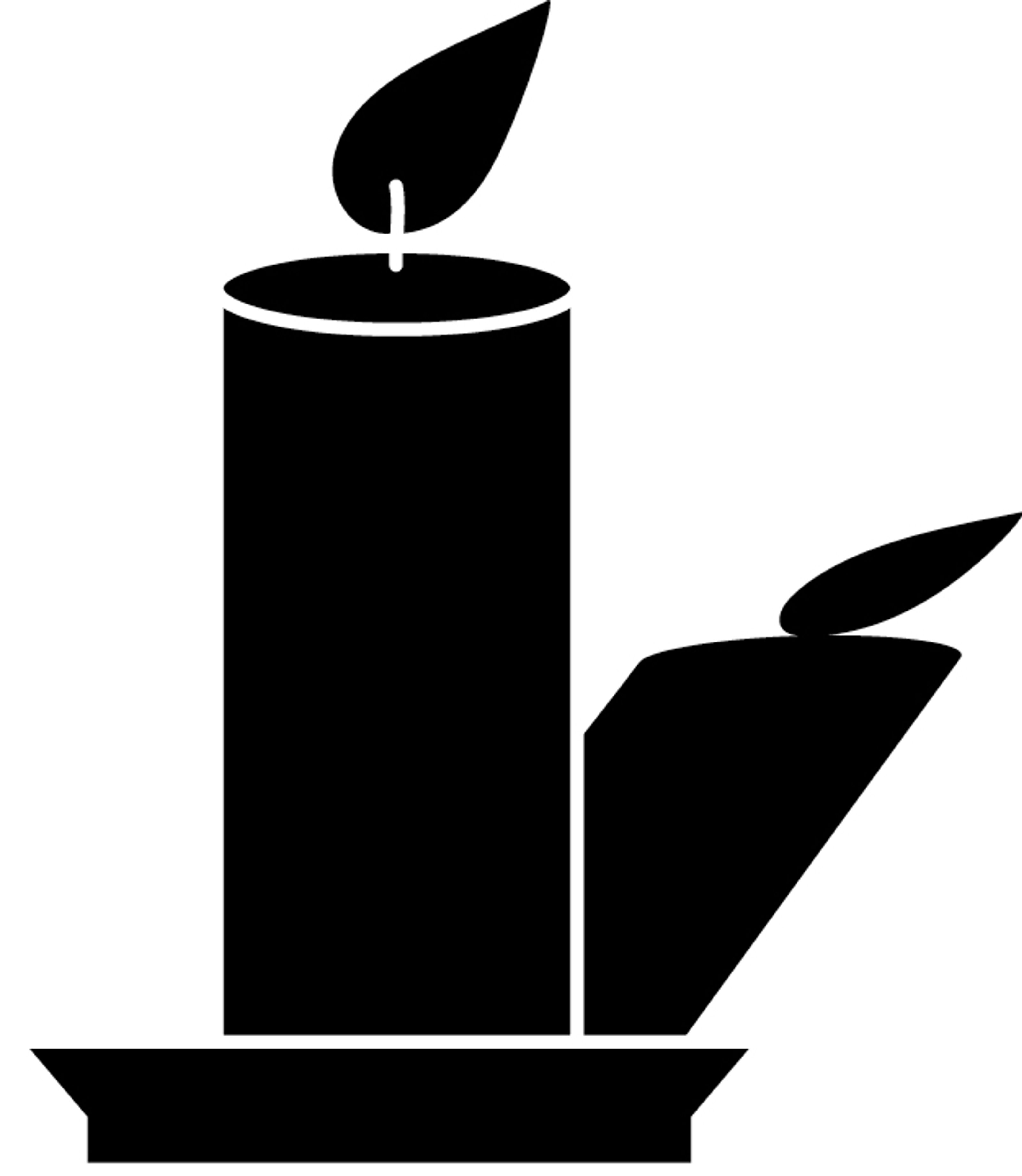
God
It is said that Sweden is one of the least religious societies in the world, and membership in the Church of Sweden is declining. However, other trends are emerging. A growing number of young people are participating in confirmation classes, and about half of the population remains a member of the church. In 2024, more people than in previous years chose to join the Church of Sweden. Many take part in church rites such as baptisms, weddings, funerals, and other ceremonies. Interest in spirituality is increasing and includes many branches of the church. Lund Cathedral receives around 700,000 visitors annually. How can Råängen build on this curiosity and interest?
Part of the strength and the strangeness of the Råängen project is Lund Cathedral’s role at the heart of it. This theological framework is, in part, evident in our focus on the wellbeing of residents, visitors and the natural world; our insistence on hospitality as a radical act; our commitment to care for the land over generations to come, and our aim to engender a sense of ownership and pride in the neighbourhood. Aspects such as transcendence and resonance are vital; openness for a wider horizon that is more than humans can control. We are interested in what it means for the church to be leading an urban development project and are keen to learn from other religious groups who are doing similar things.
The location of Råängen, adjacent to the international materials research centres MAX IV and ESS, sets the scene for a rich, generative conversation around religious and scientific endeavour, belief systems, and abstract theoretical study. The scale and ambition of both Lund Cathedral and MAX IV, as physical entities, illustrate two powerful manifestations of belief. While Lund Cathedral (a house for God) is solid, old and grandiose, MAX IV (a house for science) is futuristic, circular and low-lying. Both buildings are laden with symbolism – mystery at their core. We are interested in developing this dialogue through events, commissioned texts and conversations.
This website uses cookies to ensure that you receive the best experience. Read our cookies policy here
